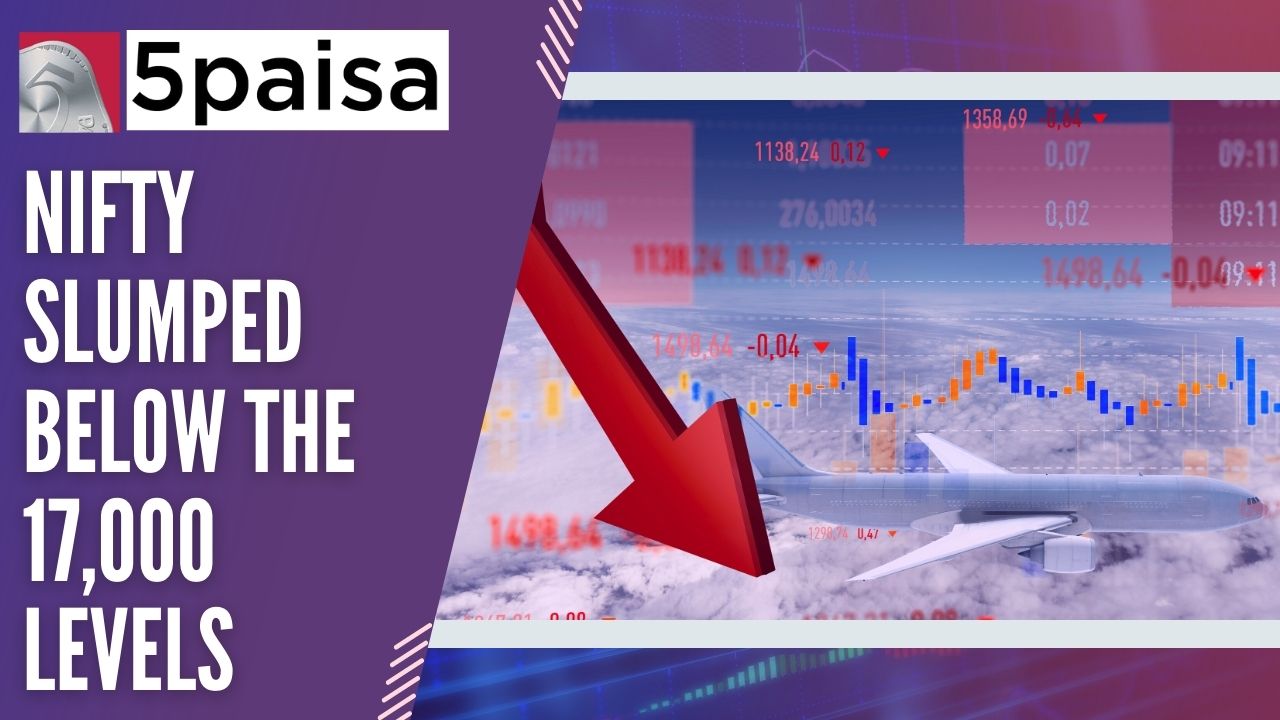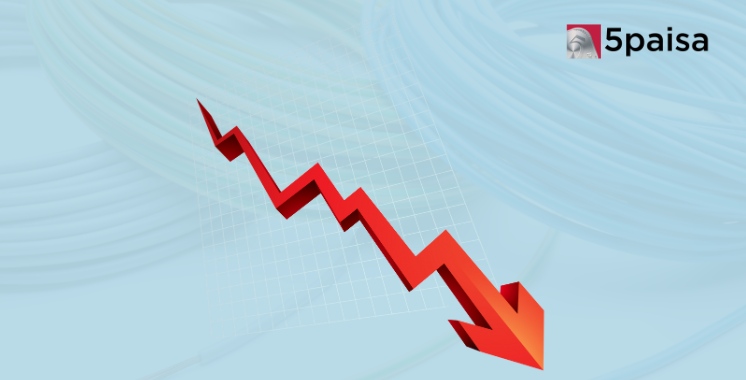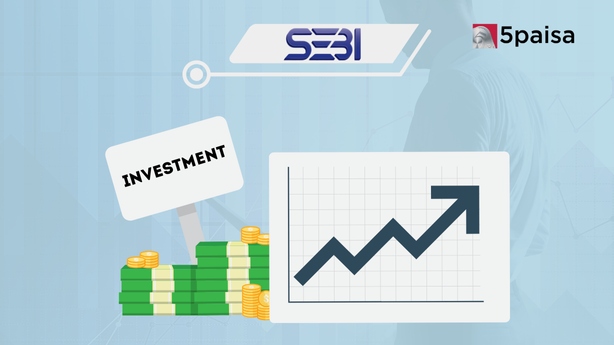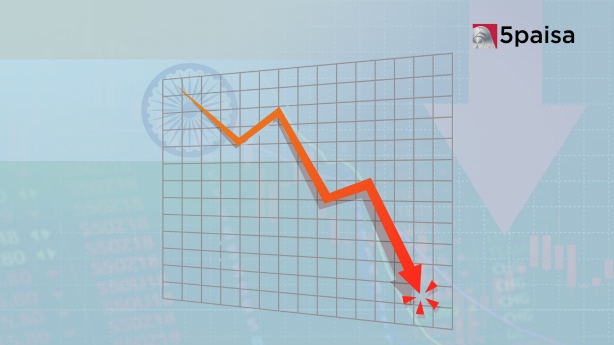Cable and Wire Stocks Decline for Second Session Amid Aditya Birla Group's Market Entry
Why has the Nifty dipped below the 17,000 levels

In the last 6 sessions between 08th March and 15th March, the Nifty index has fallen by 4.41% and the Bank Nifty has fallen by 6.07%. The fall has not only been sharp, but also persistent with the Nifty first breaking below the 17,300 mark and then the psychological 17,000 mark. The table below captures the persistent fall in the Nifty and the Bank Nifty from its recent peak touched on 08th March.
|
Date |
Nifty |
Bank Nifty |
|
15-Mar-23 |
16,972.15 |
39,051.50 |
|
14-Mar-23 |
17,043.30 |
39,411.40 |
|
13-Mar-23 |
17,154.30 |
39,564.70 |
|
10-Mar-23 |
17,412.90 |
40,485.45 |
|
09-Mar-23 |
17,589.60 |
41,256.75 |
|
08-Mar-23 |
17,754.40 |
41,577.10 |
|
06-Mar-23 |
17,711.45 |
41,350.40 |
|
03-Mar-23 |
17,594.35 |
41,251.35 |
|
02-Mar-23 |
17,321.90 |
40,389.80 |
|
01-Mar-23 |
17,450.90 |
40,698.15 |
|
Returns since |
-4.41% |
-6.07% |
Data Source: NSE
What exactly has triggered such a sharp fall in the markets and even pushed the Nifty below the psychological level of 17,000 as well as the Sensex below the 58,000 mark. During these 6 trading sessions, while the Nifty lost close to 800 points, the Sensex dropped nearly 3,000 points. Here are the two reasons that led to this sharp drop in the indices.
-
Implosion of SVB Financials
It is very likely that most people would never have heard of SVB Financial, a bank based out of Silicon Valley in California. It never had the profile and size of big banks like Citi, JP Morgan, Wells Fargo, Morgan Stanley etc. However, it was the 14ths largest bank in the US by assets and managed close to $300 billion in assets. Also, the SVB Financial accounted for nearly 30% to 40% of all banking for start-ups and venture funds based out of Silicon Valley. When the bank saw run on the deposits, the Fed intervened last week and took over the bank. Now the deposits are largely covered under insurance by the FDIC, but there will certainly be losses for the larger depositor. But the real issue is something bigger.
Firstly, the implosion of SVB is representative of the problems that the start-ups are facing in the form of funding winter. Most of them are in a crunch and these start-ups had withdrawn $41 billion from SVB to handle their cash flows. The bigger issue pertains to the hawkish policy of the Fed. When the run on deposits started, SVB had to sell its bonds to make good the demand for cash. Due to rising rates, they had to book a loss of $1.8 billion on these bond sales. When that gap could not be filled up, the bank imploded. The fear is that, like a cockroach, there is never really just one. In a couple of days, we have Silvergate Capital and Signature Bank also going bankrupt. Now this is expected to spread to Europe and Asia, with the stock of Credit Suisse already at all-time lows.
What is the problem for India? Like in the US, Indian start-ups have also been up against a funding winter and the RBI has also been hawkish. Investors were led to believe that such a situation could repeat for Indian banks also; which is what led to the sell-off in Bank Nifty. In a sense, the problems in India were largely similar and there was the added worry of FPI outflows.
-
FPI outflows were the other worry
The second concern is that the SVB crisis could again lead to risk-off approach by investors. It is also evident in the developed world with investors moving out of banking stocks and into safer havens like gold, silver and government bonds. Since the SVB crisis started, FPIs have been net sellers on most of the days. In March, the only redeeming feature for the Indian markets were the flows into Adani stocks from GQG Partners and some block deals. The overall net buying for the month may be largely misleading as the bias has been largely towards selling since the SVB Financial crisis started. Also, investors are expecting that if the situation worsens globally, then the FPIs may prefer to exit financials for now. That could be huge since financials account for nearly 33% of the total holdings of the FPIs in India.
But, this cloud has a silver lining too
Quite often, in the era of connected markets, a new problem also becomes the solution for a previous problem. The SVB Financial crisis may look worrisome at this juncture but it could end up solving the dilemma of whether central should remain hawkish or not. Today, most central banks like the Fed, BOE or the RBI are in a dilemma. They are not too sure whether rate hikes are sufficient or they need more. Most central banks are erring on the side of caution. The crisis of SVB Financial clearly highlights the downside risks of too much hawkishness and this could apply to every financial company. It is very likely that central banks may put a halt to their hawkish pursuits in the larger interest of macro stability.
India has another advantage too. The valuations are not as relatively expensive as it was about a couple of months ago. Hence the compulsion for FPIs to sell India and invest in other EMs is no longer there. With the rupee holding around 83/$, the FPIs may see this is an opportune moment to make an entry into the Indian markets. After all, India remains the fastest growing economy among the large economies. Also, it is a market that has handled the pandemic well and has managed to grow out of that. In a way, the trigger may come from central banks calling a halt to their hawkishness. It could start with the FOMC meet next week, followed by the RBI MPC meet early next month. The next few weeks could be an interesting time for the stock markets.
- Flat ₹20 Brokerage
- Next-gen Trading
- Advance Charting
- Actionable Ideas
Trending on 5paisa
02
 5paisa Research Team
5paisa Research Team
03
 5paisa Research Team
5paisa Research Team
04
 5paisa Research Team
5paisa Research Team
Indian Market Related Articles
Disclaimer: Investment in securities market are subject to market risks, read all the related documents carefully before investing. For detailed disclaimer please Click here.




